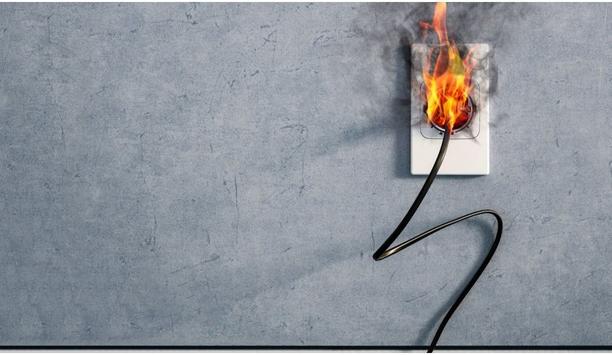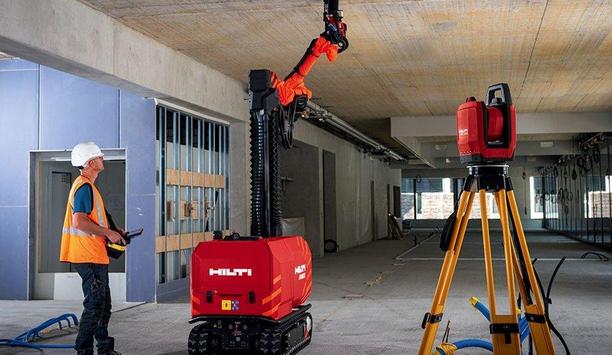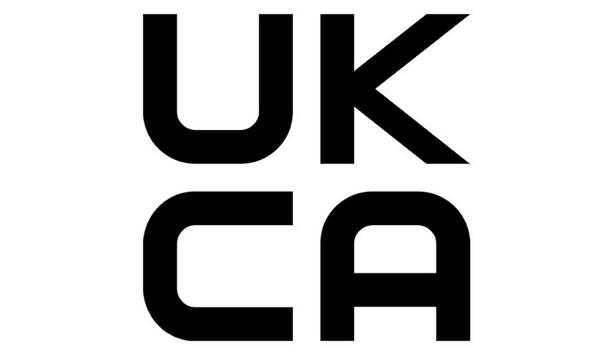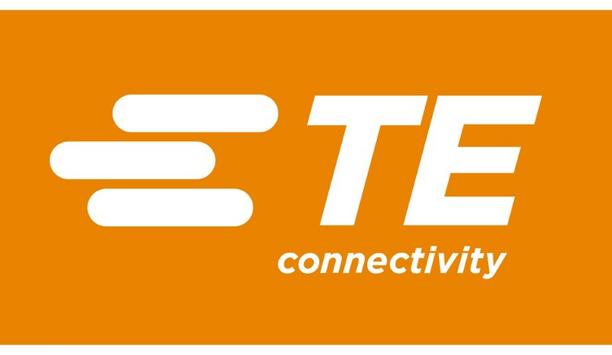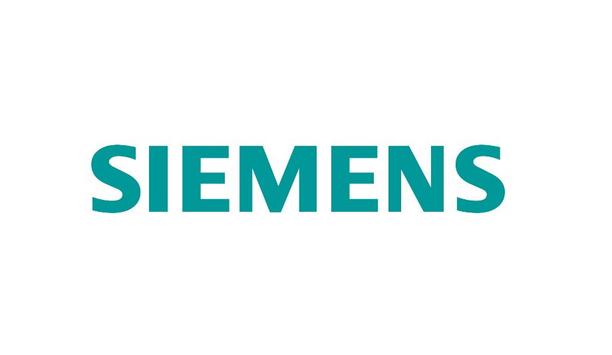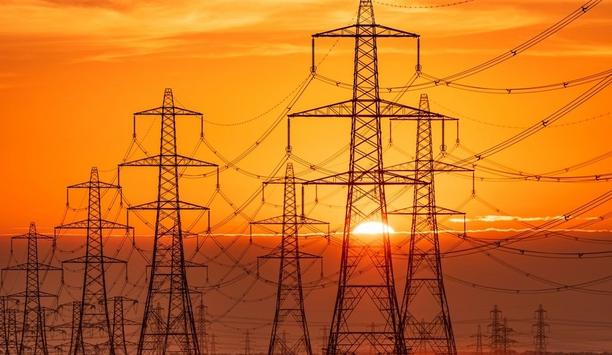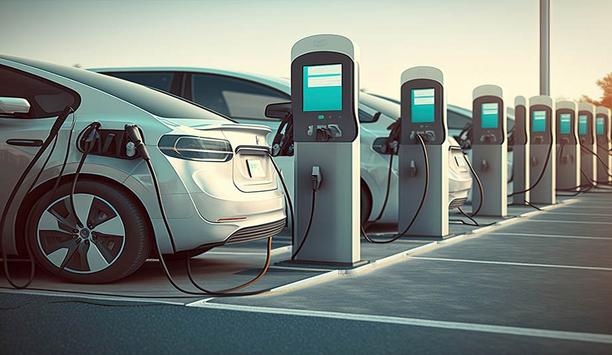Many economists are predicting a recession in 2023, although most agree business conditions should improve by the end of the year. For the electricals market, numerous factors are in play that can offset the downturn, and any projections must also consider the variables of the local market (rather than the national or international outlook).
Economic weakness and challenges
The Conference Board forecasts that economic weakness will intensify and spread more widely throughout the U.S. economy over the coming months with a recession starting in early 2023. Real GDP growth was expected to be 2.0 percent year-over-year in 2022, then slow to 0.2 percent in 2023, and later rebound to 1.7 percent in 2024, according to the Conference Board.
2023 comes on the heels of a challenging year for electricals, when price increases and product shortages were a stark reality.
Impact of higher prices
A troubled geopolitical environment provides an additional source of economic uncertainty
Sales growth numbers in 2022 were skewed by the impact of inflation: How much of the bigger numbers were “real growth” and how much reflected the impact of higher prices? Higher prices accounted for the lion’s share of revenue growth by some estimates, with real growth in the low single digits.
A troubled geopolitical environment, exemplified by the war in Ukraine and a continuing COVID crisis in China, provides an additional source of economic uncertainty.
environmentally friendly technologies
A positive factor that may offset the fragile outlook in 2023 includes an overall trend toward greater electrification and away from less energy-efficient power sources. Governments around the world are pushing for more environmentally friendly technologies, which provides positive headwinds for the electricals market.
In the United States, for example, the Inflation Reduction Act, passed in August 2022, includes government investments and tax incentives to drive the transition to a greener world, including $27 billion to deploy low- and zero-emissions technologies, and $1 billion more each for advancing zero-emissions heavy-duty vehicles and for zero-energy building code adoption.
Tax incentives
Another $750 million will be spent to establish interstate electricity transmission lines, and $87 million will go to low-emission electricity programs.
Tax incentives will provide new inducements for consumers to transition to electric technologies, which means more business for the broader electrical market. The government is also encouraging investment in infrastructure spending and the construction of factories for a variety of electrical products.
Residential construction
The higher interest rates present affordability challenges for home buyers and a slowdown in the market
Residential construction, a big factor in the electricals outlook, has slowed down considerably in 2022, and the trend will likely continue into 2023. The U.S. Federal Reserve has raised interest rates by a total of 4.25 percentage points in 2022, a trend that is reflected in the interest rates charged to homebuyers.
Mortgage rates for a 30-year fixed mortgage increased from 3.2% to 6.3% in 2022. The higher interest rates present affordability challenges for home buyers and a slowdown in the market for single-family construction. Markets in the Sunbelt are less affected, but data on housing starts and building permits nationwide reflect the slowdown.
Non-residential construction
Non-residential construction has held up well in 2022, but demand is weakening in the new year, while a backlog of projects will likely preclude the worst of the impact, although the business pipeline will eventually be depleted. A troubling long-term trend for the construction market, and by extension the electricals market, is the tendency of companies to allow employees to work from home at least part of the time.
The apparent eventual consequence is to lower the demand for office space, already reflected in lower occupancy numbers in some markets. Less construction means less demand for electrical products and services. Obviously, the long-term trend lines are still uncertain.
Supply chain woes
Supply chain woes and longer lead times continued to plague the world market at the start of 2023, although the situation has improved since the worst of times. Lead times are still months longer than normal, and products powered by semiconductor chips, such as lighting controls, are especially a challenge.
An employee shortage continues as companies in all sectors of the electricals market struggle to find enough employees to fill their needs. The shortage stimulates opportunities for companies to work smarter and to provide more preassembled electrical products to simplify installation.


